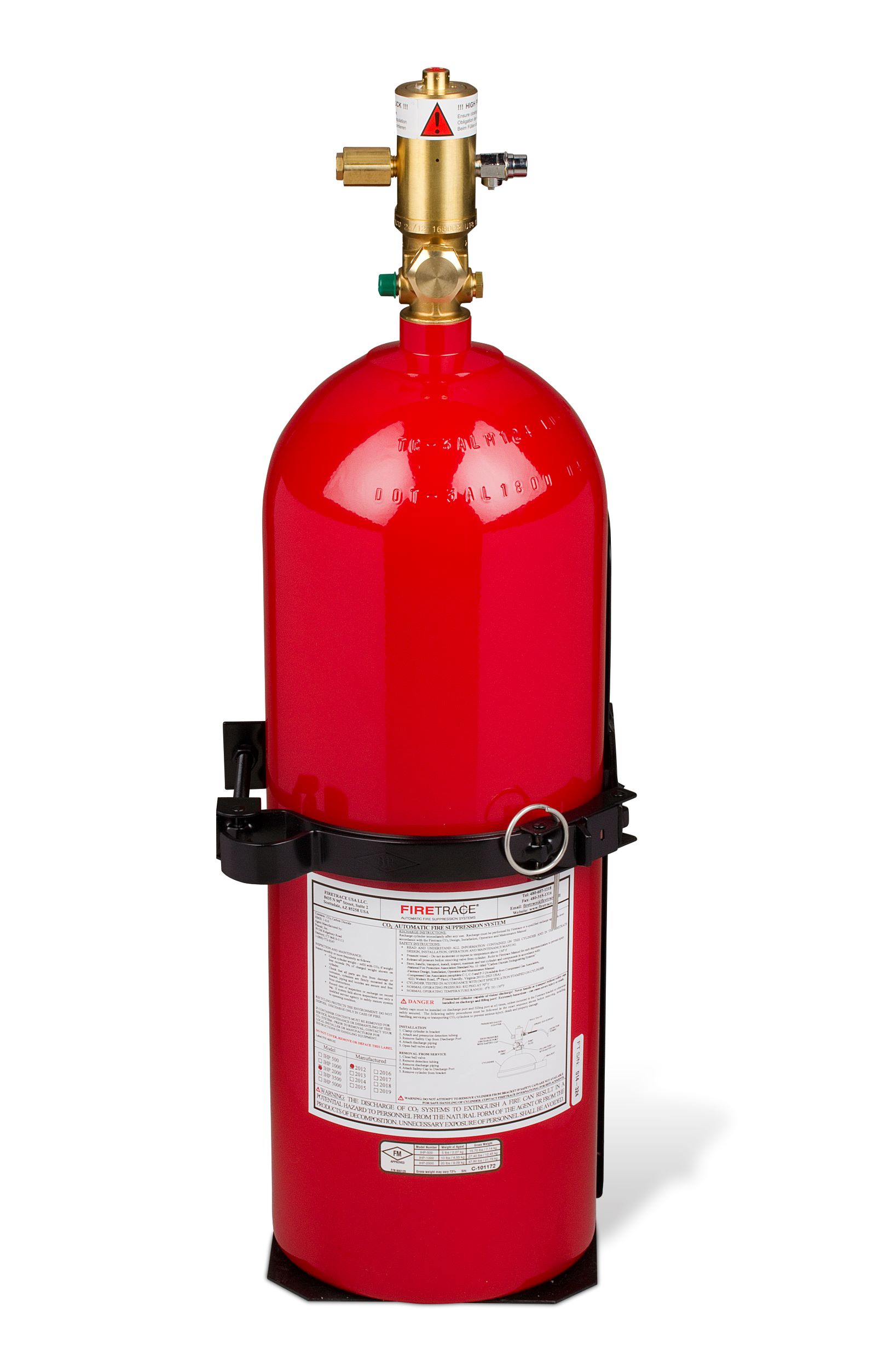Protect high-risk industrial environments with an Indirect High-Pressure (IHP) CO₂ Fire Suppression System. Carbon dioxide (CO₂) is a clean, colorless, odorless gas that quickly and effectively suppresses Class A, B, and C fires by displacing oxygen and halting combustion—without leaving any residue behind.
Unlike water or foam systems, CO₂ is ideal for applications where cleanup must be minimized and downtime avoided. It's particularly suited for unoccupied areas with enclosed or hard-to-access machinery and processes that present a fire risk.
CO₂ fire suppression systems can be deployed in two ways:
This flexibility makes CO₂ suitable for both room-scale and equipment-specific fire risks.
Our CO₂ systems are commonly used in:
Interested in protecting your industrial processes with CO₂ fire suppression?
Contact us today to speak with a fire protection expert and find the right solution for you.

While CO₂ is effective on Class C (electrical) fires, Firetrace does not recommend it for use around electrical equipment due to the potential for adverse effects, such as condensation or the potential for electrical component freezing, and the availability of safer, more suitable clean agent alternatives. CO₂ remains a viable suppression option for Class C fires, but it should be applied with careful consideration of the specific risks and environment.
Caution: Because CO₂ displaces oxygen, it's intended for unoccupied areas only, unless safety measures are in place. CO₂ concentrations, as low as 0.2%, can affect human health negatively. Typical system discharges reach 34%. This can be harmful, even fatal, if inhaled.
All personnel should be trained on CO₂ hazards and evacuation procedures. When used with proper safety protocols, the system provides reliable and effective fire suppression.
Nulla vitae elit libero, a pharetra augue. Aenean eu leo quam. Pellentesque ornare sem lacinia quam venenatis vestibulum.
Learn MoreNulla vitae elit libero, a pharetra augue. Aenean eu leo quam. Pellentesque ornare sem lacinia quam venenatis vestibulum.
Learn MoreNulla vitae elit libero, a pharetra augue. Aenean eu leo quam. Pellentesque ornare sem lacinia quam venenatis vestibulum.
Learn MoreNulla vitae elit libero, a pharetra augue. Aenean eu leo quam. Pellentesque ornare sem lacinia quam venenatis vestibulum.
Learn More